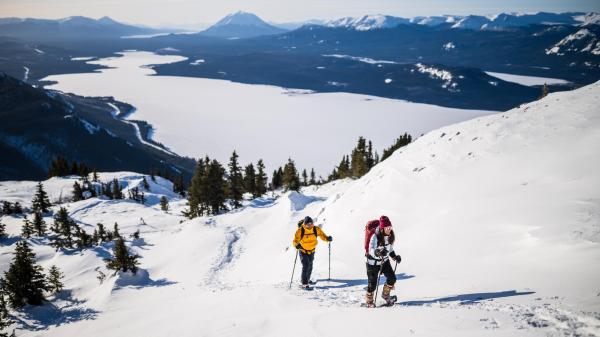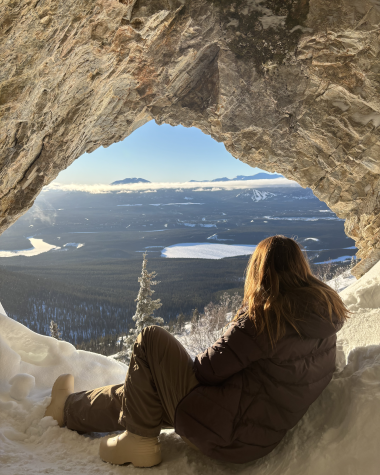
Things to do in Faro
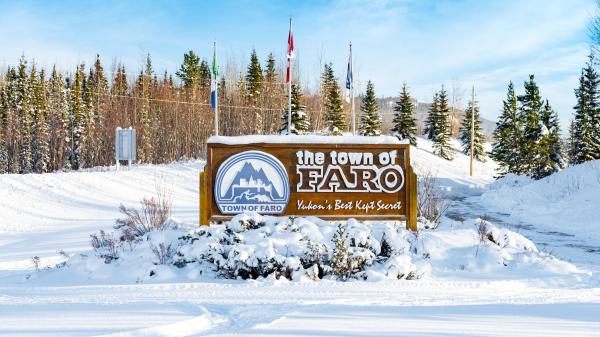
Faro is a wildlife-watcher’s mecca
Driving the rugged and isolated Robert Campbell Highway, the last thing anyone would expect to find at the end is something as picture-perfect as Faro. Rolling into the Tintina Valley town feels like arriving on a film set. It’s a beautiful little community with meticulously manicured lawns, landscaping, flowers and beautiful new buildings sandwiched between historic homes. In a territory known for offering extraordinary experiences, this one is extra surreal.
1

In the 1960s, a forest fire wiped out much of Faro’s then-new infrastructure, but Faro immediately got to work rebuilding. They did the same thing in the 1990s, when the backbone of their economy (Faro’s open-pit lead/zinc mine was responsible for more than a third of the Yukon’s total economy) collapsed after decades of prosperity. This history is written in the streets of Faro, where abandoned buildings stand alongside new construction, though some of the abandoned buildings have become new again too. In recent years, residents have been buying up forgotten properties and restoring them! Stroll the streets to see how things have changed.
2

Each May, Faro hosts the Crane and the Sheep Viewing Festival. Thousands of sandhill cranes pass over Faro en route to nesting grounds in Alaska and Siberia. There’s also a healthy population of Fannin sheep in the region. A hybrid of Dall’s and Stone sheep, they can be found in the fall grazing on the sun-soaked cliffs around town where the summer grasses are still edible and easy for them to get. In the winter, almost one hundred sheep remain close to Faro, showing off their climbing skills and engaging in mating rituals through November and December. In the spring, they’re joined by their lambs. Head slightly northeast of Faro to get to Mount Mye, where a viewing station has been erected, along with a little cabin, picnic tables, viewing windows and signage including voice recordings. In June, this is the best place to see the sheep.
3
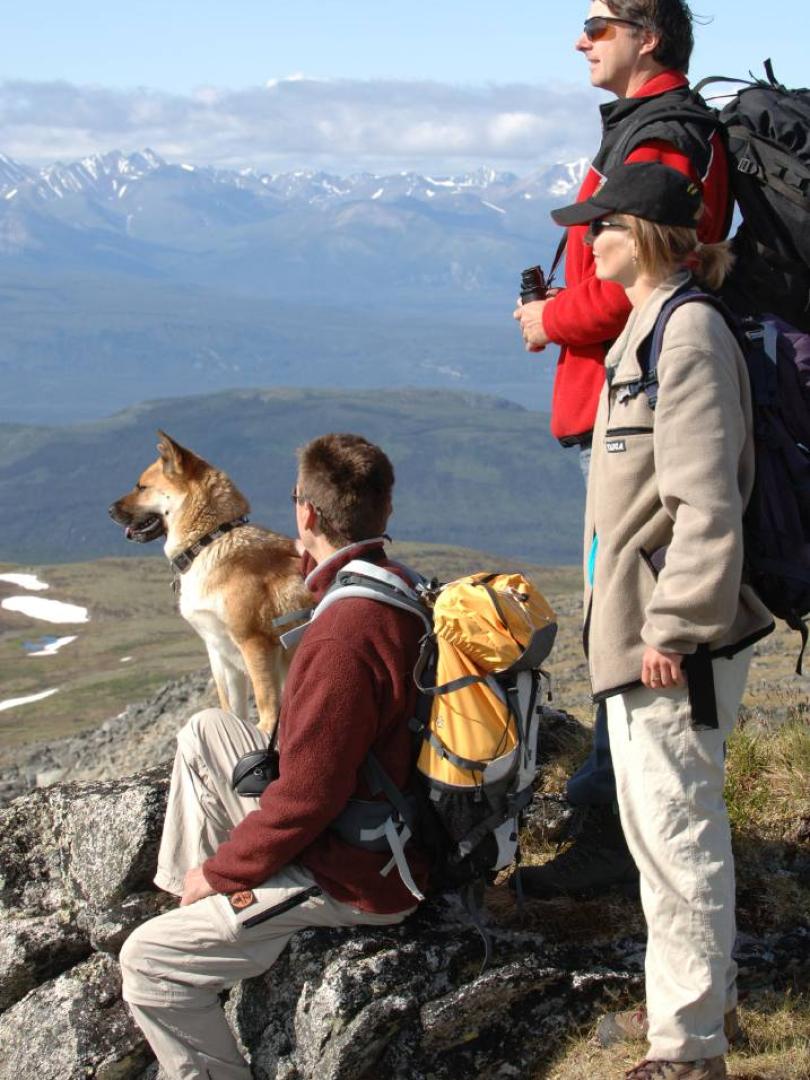
For a greater understanding of the landscape, visit the Campbell Region Interpretive Centre. Located in a log cabin at the centre of town, it has plenty of information about the region’s history, including mining and geology. It also offers guided tours and directions to fishing holes and trails, like the Dena Cho Trail. This 67-kilometre trail was originally used by the Kaska First Nations of the area, and later by prospectors to discover the zinc/lead deposits that led to the establishment of Faro. It links Faro with the nearby community of Ross River as it travels along the north bank of the Pelly River. There are a number of cabins available for hikers who want to turn the trip into a multi-day adventure, but be sure to note that this trail isn’t fully finished, so interpretive signs are lacking. Hikers should check in with the Interpretive Centre for more information and to register their hikes.
4
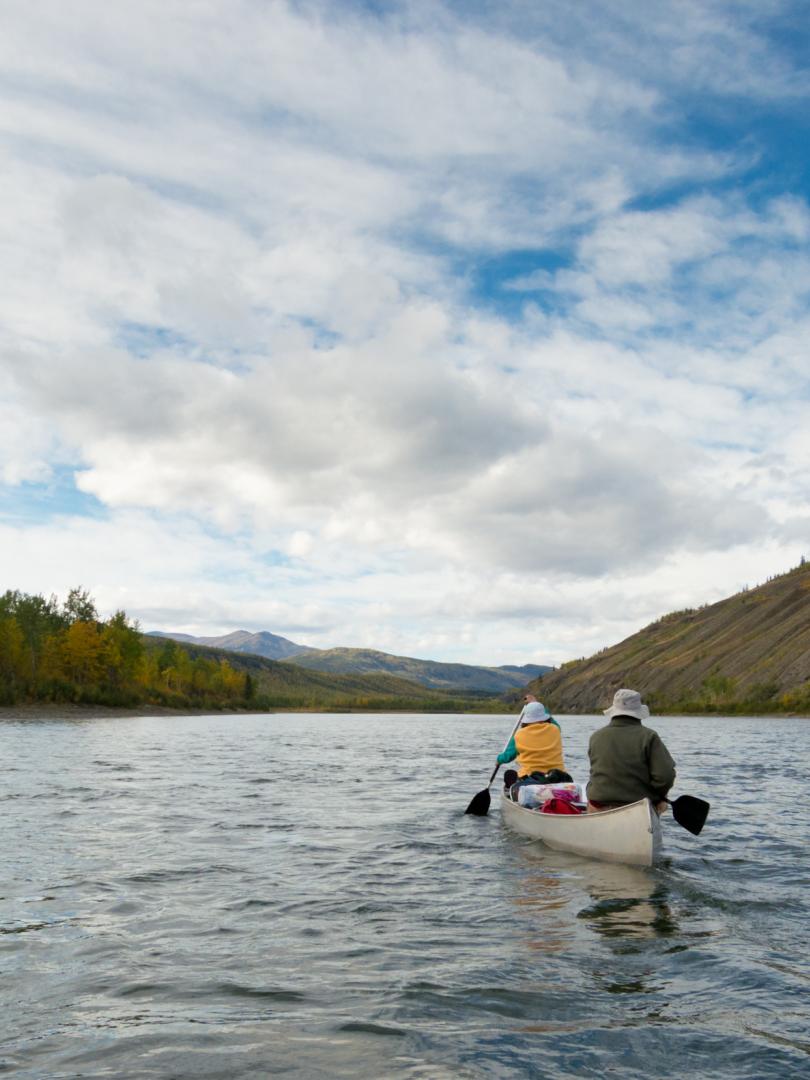
If you’d rather travel by water than land, contact Up North Adventures. The outfitter guides and facilitates paddling trips along the Pelly—an excellent waterway for both beginner and experienced paddlers.
When you get back to town, unwind with nine holes of golf. You won’t need directions, as the course runs straight through the centre of town. Playing a game is guaranteed to be one of the most unique ways you’ll ever get to know a new place. If you visit during July, you can participate in the annual golf tournament.
5
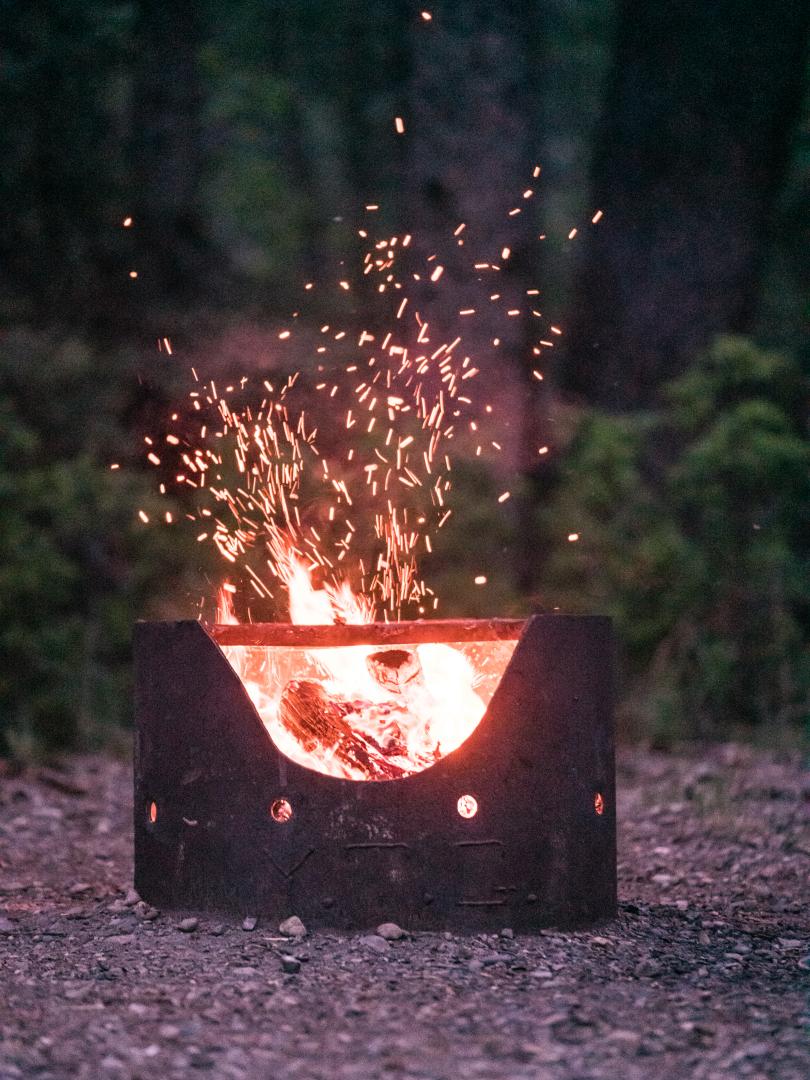
Accommodations include the John Connolly Municipal Campground, located in the centre of Faro, the Far-O-Way Guest House, Faro Guest House, and the Faro Valley View Bed and Breakfast.
